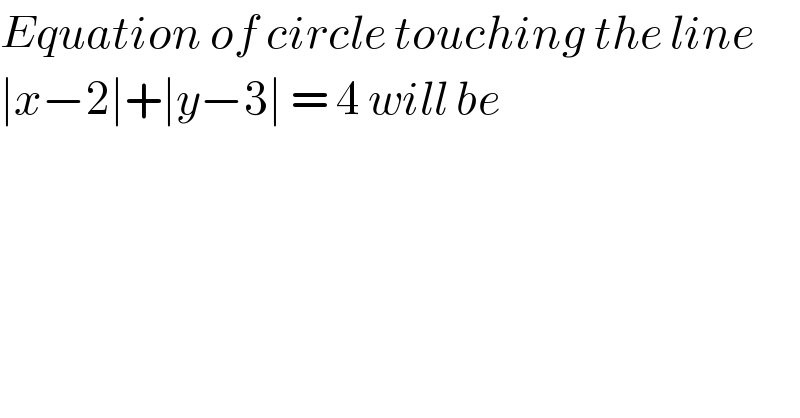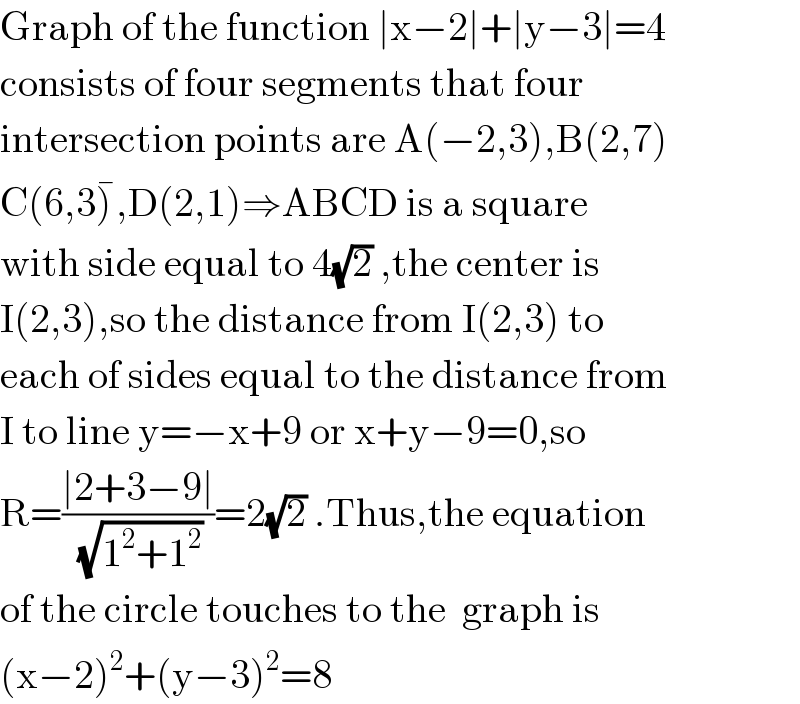
Question and Answers Forum
Previous in Relation and Functions Next in Relation and Functions
Question Number 115261 by bobhans last updated on 24/Sep/20

Answered by john santu last updated on 24/Sep/20

Answered by 1549442205PVT last updated on 24/Sep/20

